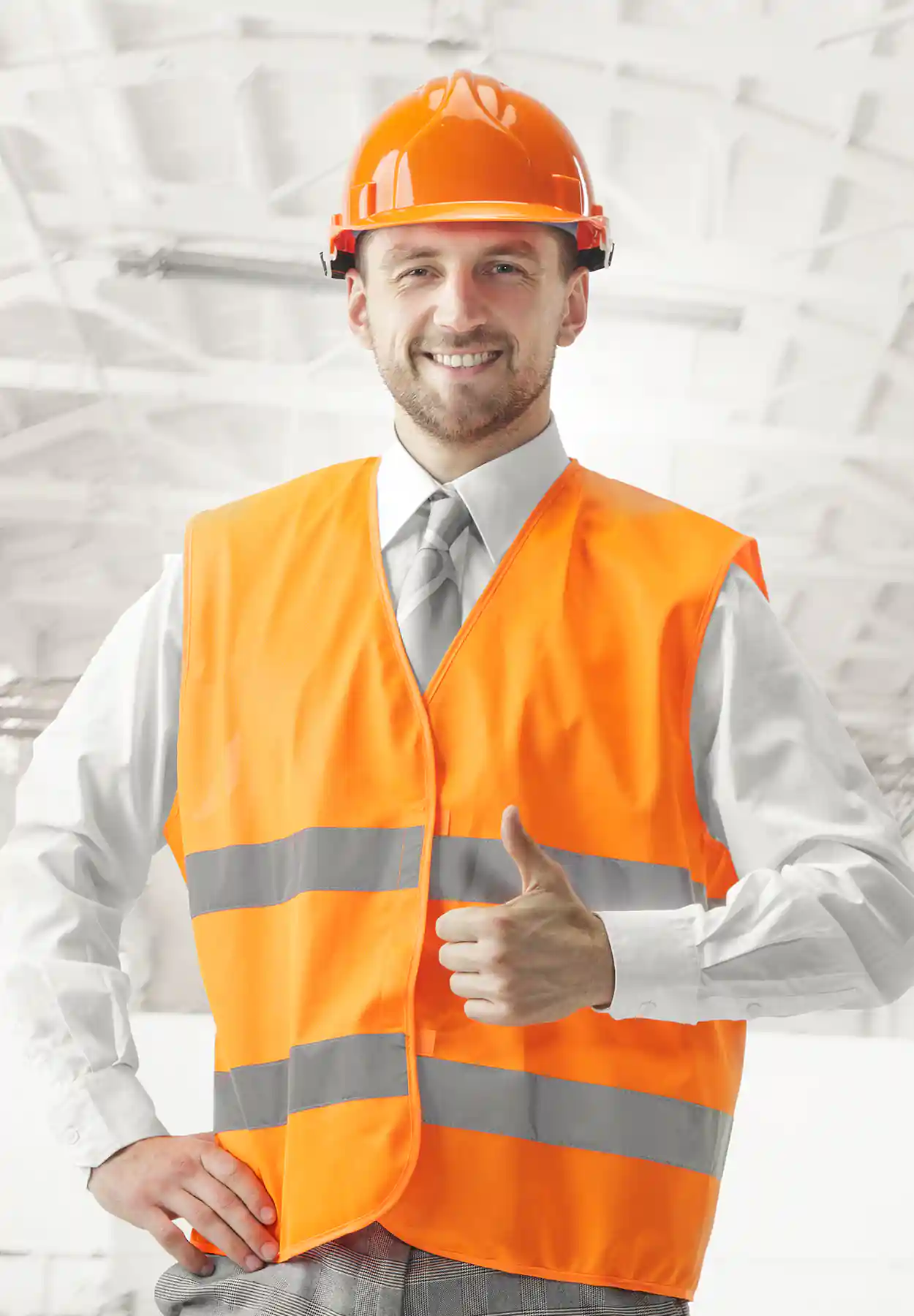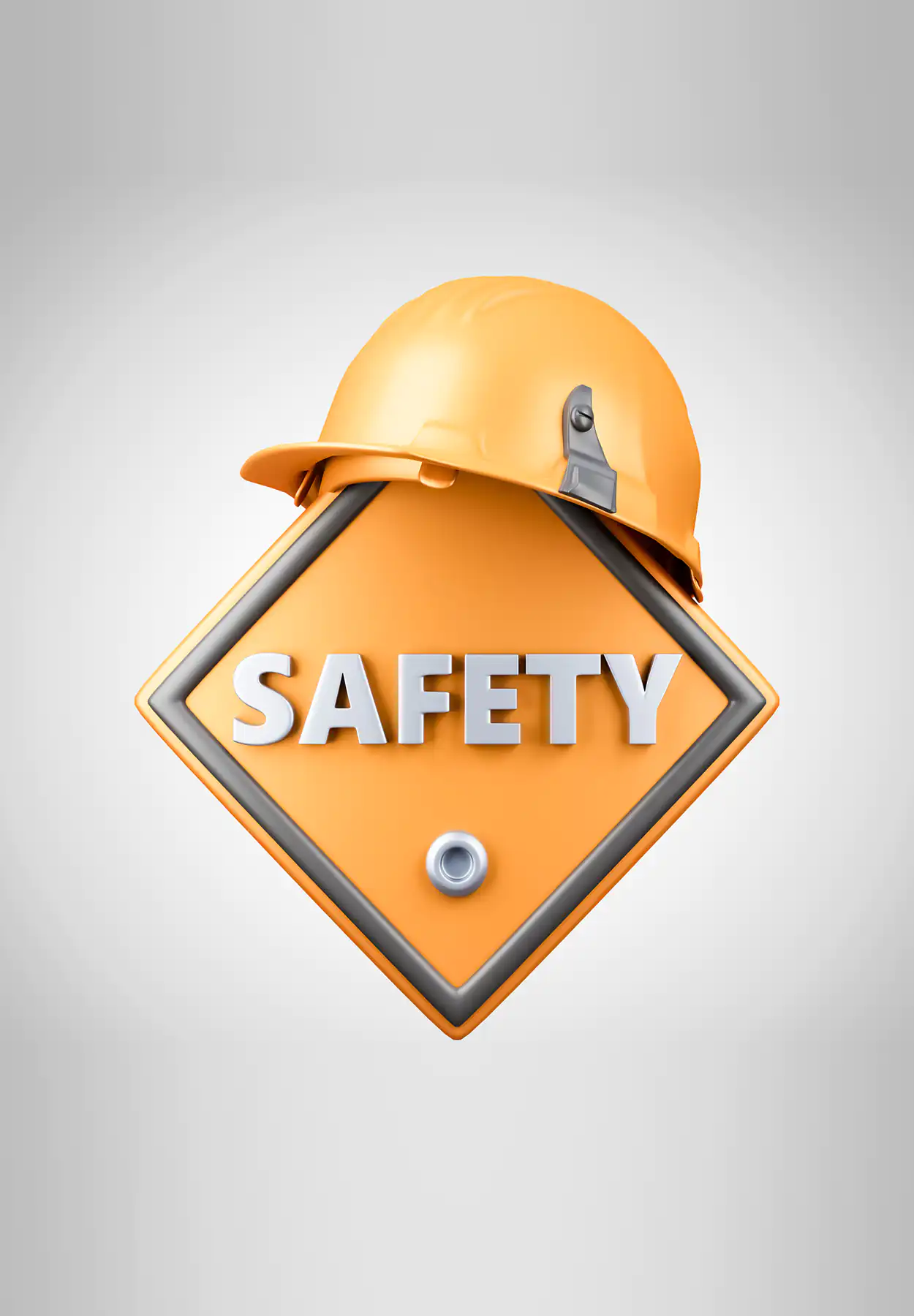HSE Policy
Safety comes first
Safety is at the core of everything we do and is one of our central guiding principles. We promote and foster a culture where people truly care about one another and where everyone shares in our goal of zero incidents.


Safer Together
Zero Injuries
We work together as One Team – employees, contractors and suppliers – towards Zero injuries. As zero injuries at work are our vital goal. It means ensuring that every employee returns home safe and healthy after a day’s work. Achieving this goal requires a robust safety culture, effective safety protocols, and continuous training and communication to promote safety awareness and prevent accidents.

